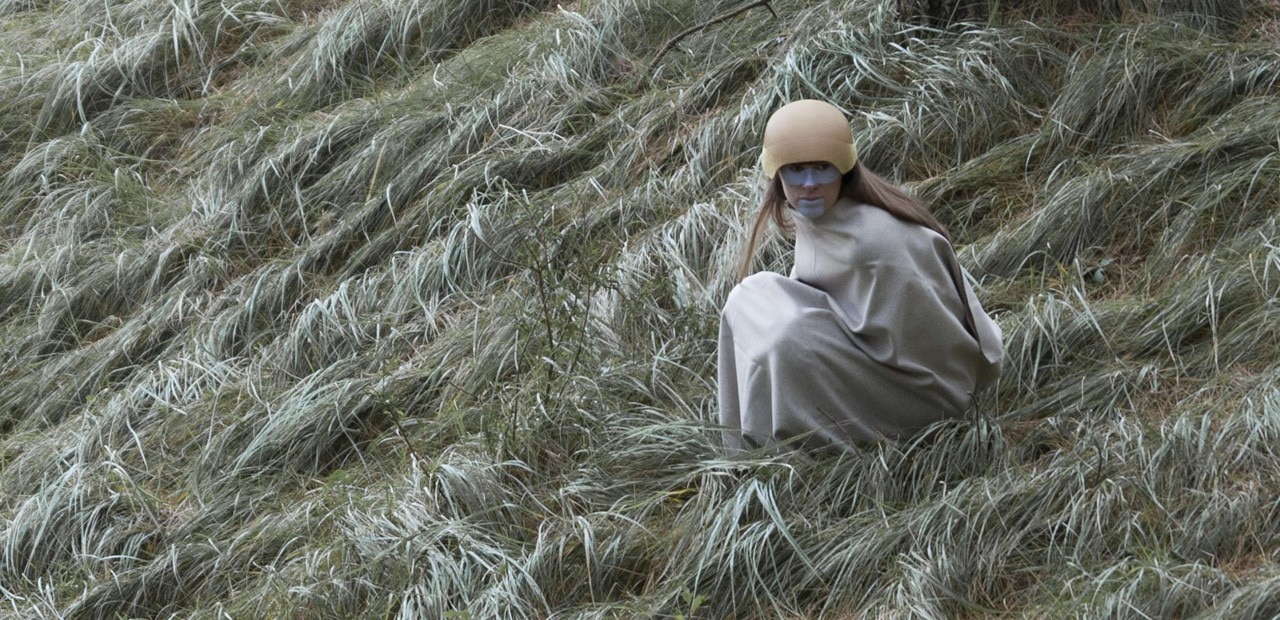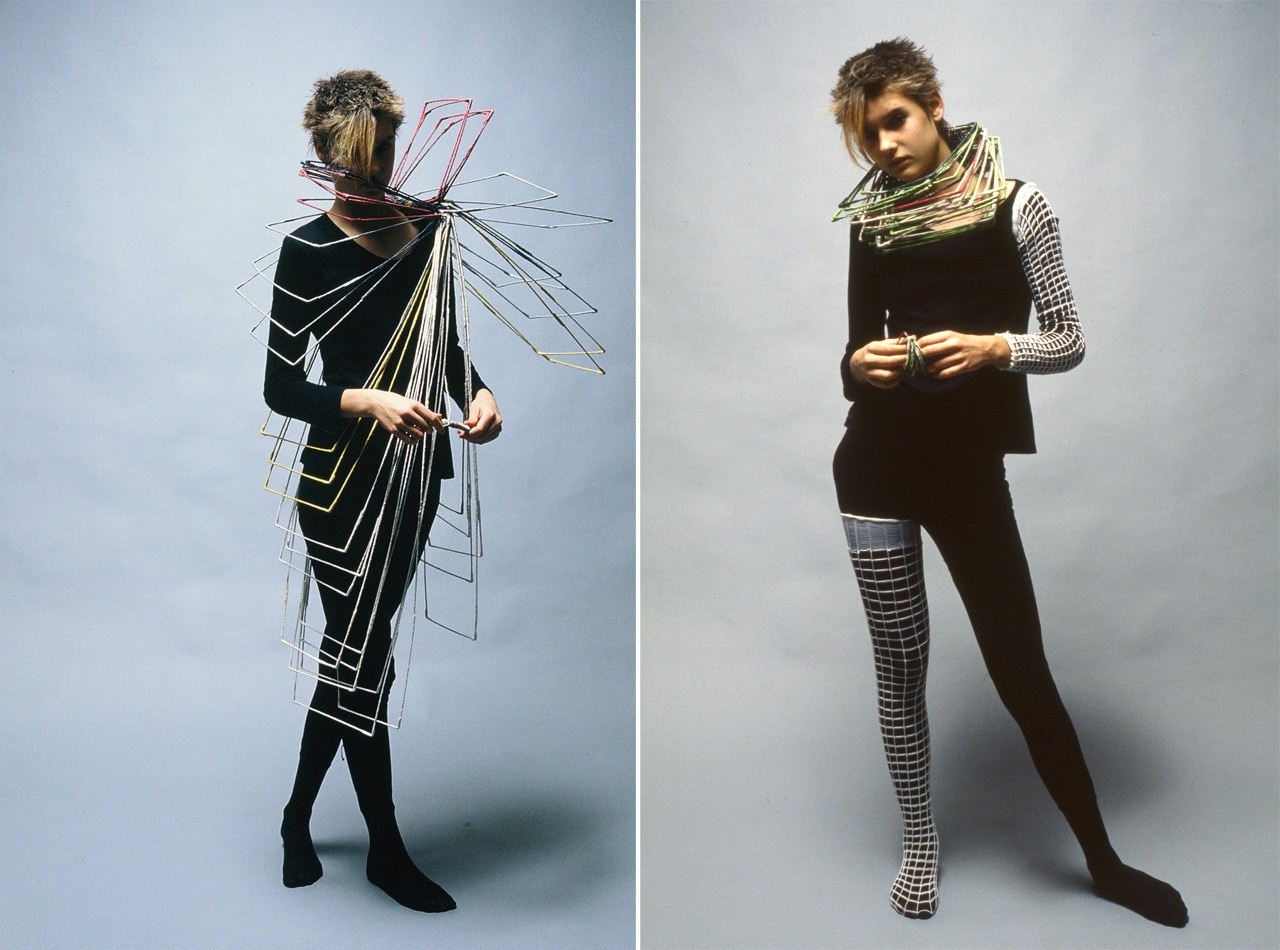Jewellery no longer serves only as an expensive status symbol, but has evolved in recent decades into art, fashion and sometimes almost unwearable objects. Body Jewels traces a number of these developments.
Body Jewels
In Body Jewels, the TextielMuseum presents a large selection of Dutch jewellery from its own collection, alongside a number of high-profile commissions produced in the TextielLab.

View Article details
- 29 March 2014
- Tilburg
In the mid-1960s, a young generation of jewellers turned away from traditional jewellery practices. They set out to design jewellery that was accessible to all, experimenting with everyday, 'base' materials such as textiles, plastic and rubber. The use of textiles in jewellery culminated in the 1980s. Several artists with a textile background – such as Mecky van den Brink, LAM de Wolf and Beppe Kessler – gained recognition in the jewellery world and beyond, prompting the TextielMuseum to begin its own jewellery collection.

Both jewellery design and textiles have traditionally been associated with "women's work" and "the feminine". Consequently, expressions are often dismissed as applied rather than fine art, as the makers would like. The older generation of innovators paved the way for jewellery ‘s recognition as a serious mode of self-expression. Today, those prejudices and value judgements carry far less weight.
until 15 march
Body Jewels
TextielMuseum
Goirkestraat 96
5046 GN Tilburg